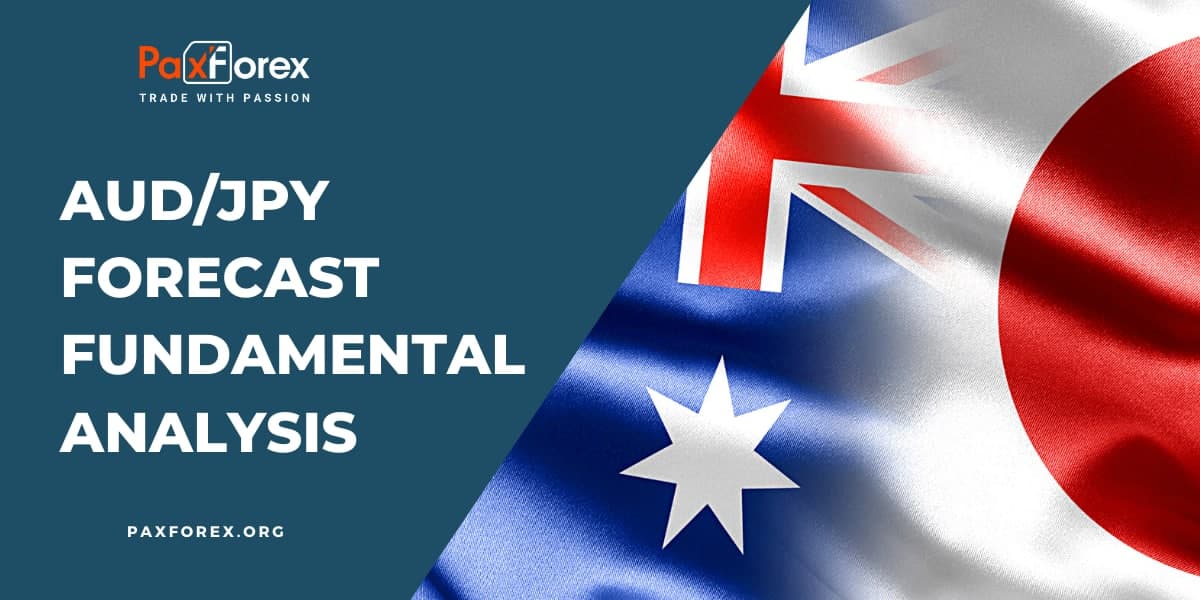
Source: PaxForex Premium Analytics Portal, Fundamental Insight
The Japanese Jobless Rate for March came in at 2.8%, and the Job-to-Applicant Ratio at 1.32. Economists predicted a figure of 2.5% and 1.34. Forex traders can compare this to the Japanese Jobless Rate for February, reported at 2.6%, and the Job-to-Applicant Ratio at 1.34.
Preliminary Japanese Industrial Production for March rose by 0.8% monthly and decreased by 0.7% annualized. Forex traders can compare this to Japanese Industrial Production for February, which increased by 4.6% monthly and decreased by 0.2% annualized. The Japanese Industrial Production Forecast for April rose by 4.1%, and the Industrial Production Forecast for May contracted by 2.0%.
Japanese Retail Sales for March increased by 0.6% monthly and 7.2% annualized. Forex traders can compare this to Japanese Retail Sales for February, which rose 2.1% monthly and 7.3% annualized.
The Bank of Japan decided to keep interest rates at -0.10%. Forex traders can compare this to the previous Bank of Japan interest rate decision, where interest rates were unchanged at -0.10%. The move matched expectations, making Japan the last G7 nation with negative interest rates. It mirrors the carry trade environment the Japanese Yen is known for, and Forex traders can capitalize on the severe interest rate differential between Japan and New Zealand.
Japanese Housing Starts for March dropped by 3.2% annualized and Construction Orders by 4.1% annualized. Forex traders can compare this to Japanese Housing Starts for February, which decreased by 0.3% annualized, and Construction Orders, which surged by 22.3% annualized.
Australian Private Sector Credit for March increased by 0.3% monthly and 6.8% annualized. Forex traders can compare this to Australian Private Sector Credit for February, which rose 0.4% monthly and 7.6% annualized. Australian Housing Credit for March increased by 0.3% monthly. Forex traders can compare this to Australian Housing Credit for February, which rose by 0.3% monthly.
The Australian PPI for the first quarter increased by 1.0% quarterly and 5.2% annualized. Economists predicted a rise of 0.8% and 5.8%. Forex traders can compare this to the Australian PPI for the fourth quarter, which rose by 0.7% quarterly and 5.8% annualized.
The forecast for the AUD/JPY remains bullish after this currency pair created a second higher low and pushed into its Ichimoku Kinko Hyo Cloud, which shows signs of rising bullish momentum. Volatility could remain elevated with the Kijun-sen and the Tenkan-sen flat, but price action is on the verge of a breakout above the Tenkan-sen. Traders should also monitor the CCI after it bounced off extreme oversold territory. A breakout above zero will offer the final buy signal. Can bulls overpower bears and push the AUD/JPY into its horizontal resistance area? Subscribe to the PaxForex Daily Fundamental Analysis and earn over 5,000 pips per month.
Should price action for the AUD/JPY remain inside the or breakout above the 88.850 to 89.550 zone, PaxForex recommends the following trade set-up:
- Timeframe: D1
- Recommendation: Long Position
- Entry Level: Long Position @ 89.200
- Take Profit Zone: 90.750 – 91.250
- Stop Loss Level: 88.400
Should price action for the AUD/JPY breakdown below 88.850, PaxForex recommends the following trade set-up:
- Timeframe: D1
- Recommendation: Short Position
- Entry Level: Short Position @ 88.400
- Take Profit Zone: 87.500 – 87.850
- Stop Loss Level: 88.850
Open your PaxForex Trading Account now and add this currency pair to your forex portfolio.













